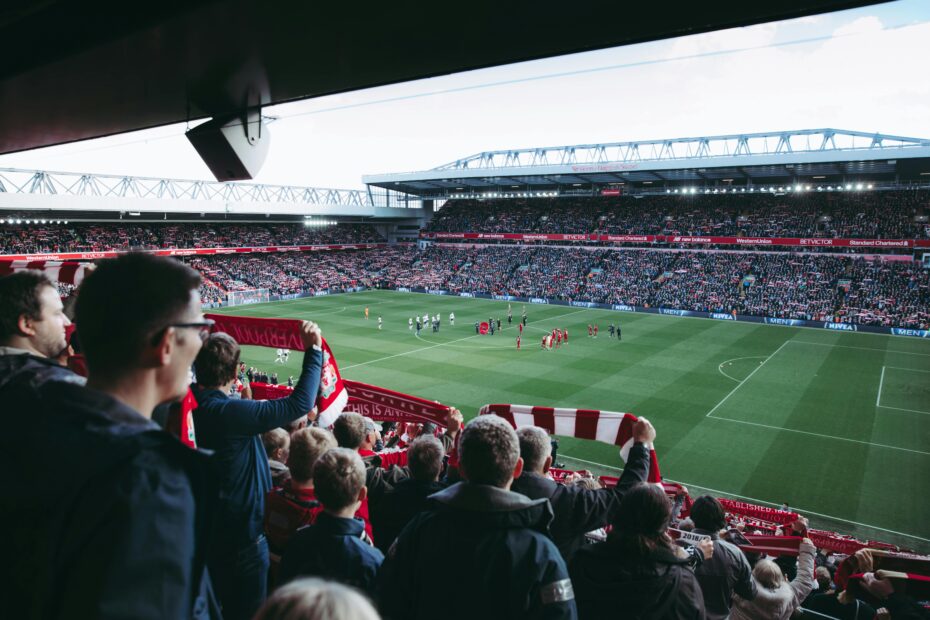The Premier League is known for its entertaining and dynamic games, however, every game has a deeper tactical aspect created by very clever managers and talented players. This article will take you on a tour of the tactical topography of the Premier League, examining formations, playing patterns and tactical refinements that define the best premier league odds and the beautiful game.
Formations
Tactical systems in the Premier League are based on formations. Each system dictates players’ position and movement on the pitch, beginning from the traditional 4-4-2 to fluid 4-3-3 formations. Formations are chosen by the managers based on the team’s strengths, opponent analysis and match objectives. Again, a team with a defensive-minded approach may prefer a solid 5-3-2 formation to nullify attacking threats, while a free-flowing team will use a fluid 4-2-3-1 setup to control the play while creating goal-scoring opportunities.
Playing Styles
The playing styles of the Premier League clubs differ from one club to another and are defined by their manager’s philosophy and the composition of the squad. Some teams are oriented to possession-based football focusing on patient circulation of the ball in the search of gaps, while some others are specialists of quick transitions characterized by swift counter-attacks used to surprise the opponents. Gegenpressing tactics, however, have risen to prominence as well in the league, as can be seen with Jurgen Klopp’s tactics at Liverpool.
Managerial Philosophies
The tactical identity of a team is largely down to the manager of the Premier League team. Manchester City of Pep Guardiola represents a method of possession, focused on intricate combinations and positional game. On the other hand, Sean Dyche’s teams-like defensive sturdiness and counter-attacking prowess have made Everton into a defensive team.
Set Pieces
In Premier League matches, set pieces are defining moments that give teams chances to profit from dead-ball situations. Whether it be a well-drilled corner routine or a carefully considered free-kick strategy, set pieces can change the course of a game in the blink of an eye. Set-pieces are a focus of attention for Premier League clubs, which invest both time and money to train routines relevant to these game-altering situations.
Defensive Organization
The Premier League is all about defensive solidity as slight loss of concentration can result in goal concessions. Different teams do employ different defensive strategies, some of which are zonal marking, man-to-man marking and high-pressure which are employed high up the pitch to disrupt attacks of the opposition. A sound back four can render the deadliest of attacking forces harmless and serve as a platform for counter-attacks.
Offensive Strategies
Offensive force is equally important in the Premier League where the goals count as the games and keep the fans entertained. The offensive strategies of the teams are quite different; the strategies can vary from patient control play and direct wing attacks to fast counter-attacks. Midfielders of creativity pull the strings, while strikers of clinical finish provide the final touch, working together to break down opposition rearguards and orchestrate scoring chances.
Tactical Innovations
The managers of the Premier League are always hunting for tactical revolution to outsmart their competitors. Be it unleashing inverted full-backs on the midfield to create overloads or employing false nine formations on confused opposition defenders, tactical developments make the league lively and unpredictable. Managers do a thorough study of opponents, identify weak points and develop strategic plans to capitalize on them.
Player Roles and Responsibilities
Knowing the roles and responsibilities of players is vital for the successful implementation of tactical plans. Playmakers conduct attacks, defensive midfielders protect the back four and target strikers play the last line, all players contributing to the team’s collective effort. Flexibility and adaptability are critical since players have to change their roles according to tactical necessities and in-game situations.
The Premier League is not only a theatre for individual talent but also a battlefield of tactical masterminds. Everything from formations and playing styles to tactical innovations and player positions is carefully staged and implemented to win on the field. With the development of the league, tactical creativity will serve as a dynamic engine of its thrilling unpredictability.






